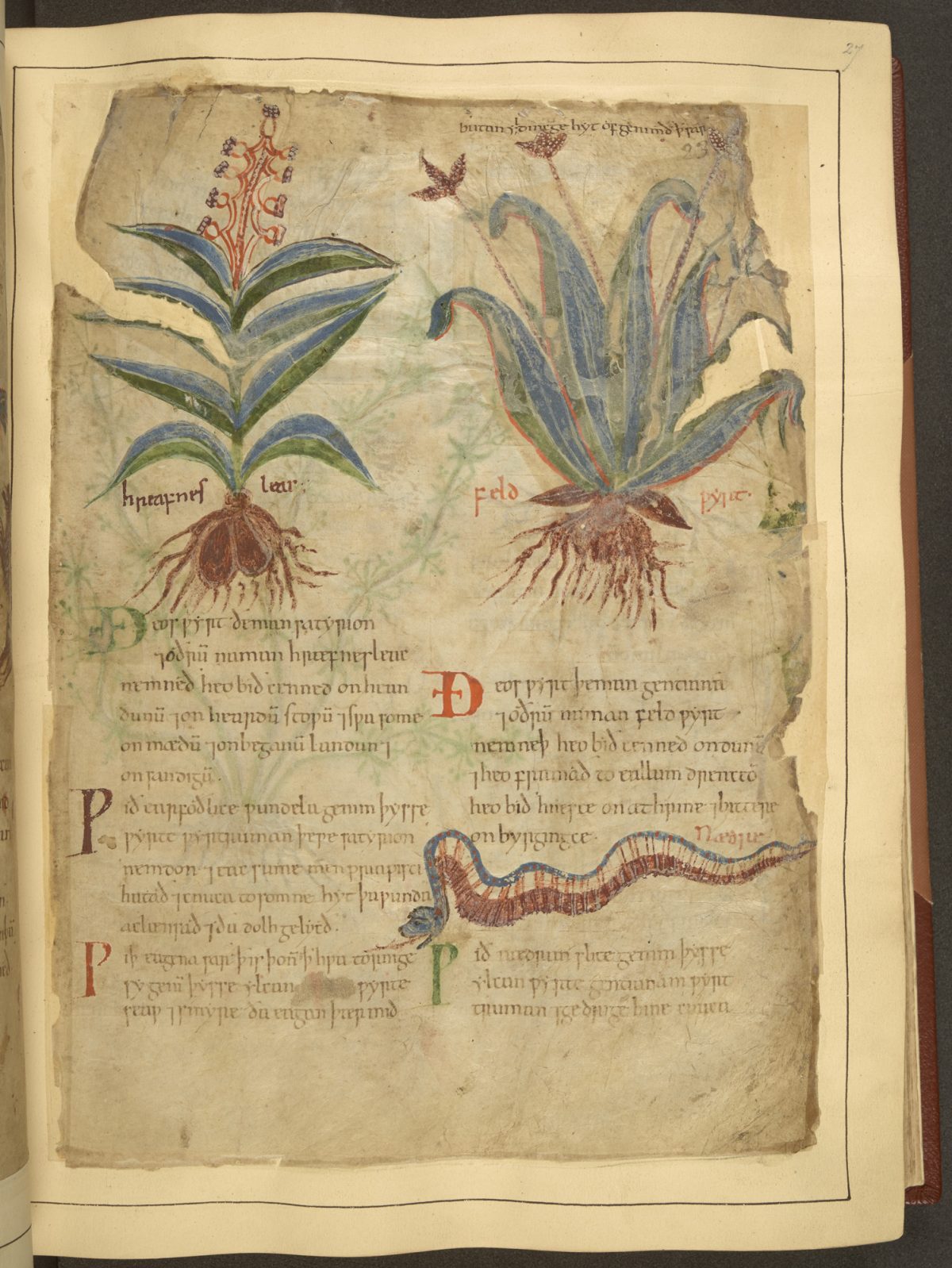

It is one of the most important works of Old English literature. The Beowulf poem consists of over three thousand alliterative lines. Tolkien believed that the poem retained a genuine memory of Anglo-Saxon paganism and was composed no more than a few generations after the Christianisation of England around AD 700. The dating of Beowulf has opinion divided as to whether it was written in the 8th century or whether the composition of the poem was contemporary with its 11th-century manuscript.Ī proto-version of the poem may have also been orally transmitted for many generations before being transcribed in its present form. The Nowell Codex is today preserved and exhibited in the British Library. Rebinding efforts, though saving the manuscript from much degeneration, have nonetheless covered up other letters of the poem, causing further loss. In 1731, the manuscript was damaged by a fire, and the margins were charred, and several readings were lost. The Beowulf manuscript itself is identified by name for the first time in an exchange of letters in 1700. The earliest surviving reference to the Nowell Codex was made about 1650, and the prior ownership of the codex before Nowell remains a mystery. The Beowulf manuscript is known as the Nowell Codex, gaining its name from the 16th-century owner and scholar Laurence Nowell. The manuscript dates either to the reign of Æthelred the Unready or to the beginning of the reign of Cnut the Great from 1016. The poem is known only from a single manuscript, which is estimated to date from around 975–1025. It has no title in the original document but has become known by the name of the story’s hero. Beowulf is an Old English epic poem that survives in a single copy in the manuscript known as the Nowell Codex.


 0 kommentar(er)
0 kommentar(er)
